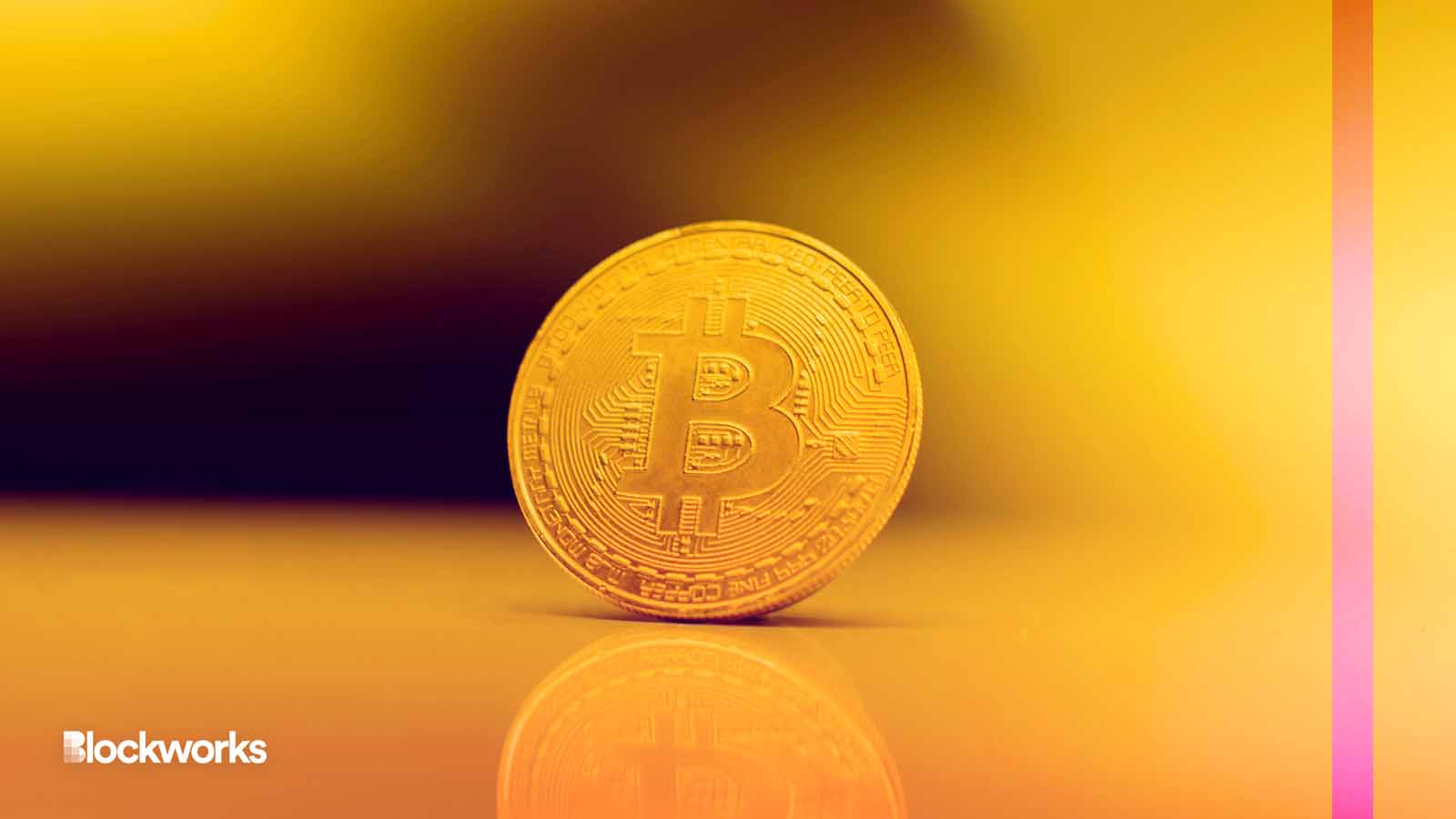Crypto market analysts note short-term apathy, long-term bullish outlook
In response to last year’s chaos, many protocols have adjusted their parameters to better withstand future market volatility, analyst tells Blockworks

Reinhart Julian/Unsplash modified by Blockworks
Despite several outsized moves in previous weeks, bitcoin and blue-chip digital assets continue to experience the doldrums of an apathetic market, analysts say.
Liquidity, volume and volatility still linger near historical lows, bolstering the likelihood the industry has entered a period of “extreme apathy,” Glassnode wrote in a research note on Monday.
After shedding more than 3% of its value on Monday, bitcoin (BTC) has clawed back losses, rising 4.5% over an 11-hour period in early morning US trade to $26,150, Blockworks data shows.
Even still, the near-term outlook remains negative over concerns FTX’s bankruptcy estate could unload $100 million in BTC and other assets weekly, pending possible court approval on Wednesday.
Read more: Over 75 bidders contacted for possible ‘FTX 2.0’ launch
On-chain data suggests the current market mood echoes the advanced bearish phases seen in previous years, most notably in 2015 and 2019, according to analysts at K33 Research.
“We reiterate our bullish outlook for BTC over the coming year, but in the short term, liquidity pressure can be on the sell-side,” the firm said. “This further adds to our belief that the coming period is a good time to accumulate.”
Observers are now eyeing the possibility of approval for a spot bitcoin ETF, a decision likely subject to further delays into next year, alongside the asset’s halving event — expected sometime in April.
Read more: Is another SEC bitcoin ETF denial politically untenable?
Until then, a large portion of participants holding more than 1 BTC continue to wait it out.
The Liveliness metric, which gauges market sentiment by comparing Coinday Destruction to Coinday Creation, indicates investors are increasingly holding onto their assets, Glassnode wrote.
Paul Lei, protocol program lead at Gauntlet, crypto risk management provider for Uniswap,, over the past year, said that asset liquidity has generally weakened across chains, particularly for “tail assets.”
In response, many protocols have adjusted their parameters to better withstand future market volatility, Lei told Blockworks.
“As further investment flows into decentralized crypto, liquidity will strengthen and risk becomes more straightforward to price, continuing a flywheel in which greater liquidity enhances security, leading to even further investor investment.”
Get the news in your inbox. Explore Blockworks newsletters:
- The Breakdown: Decoding crypto and the markets. Daily.
- 0xResearch: Alpha in your inbox. Think like an analyst.






